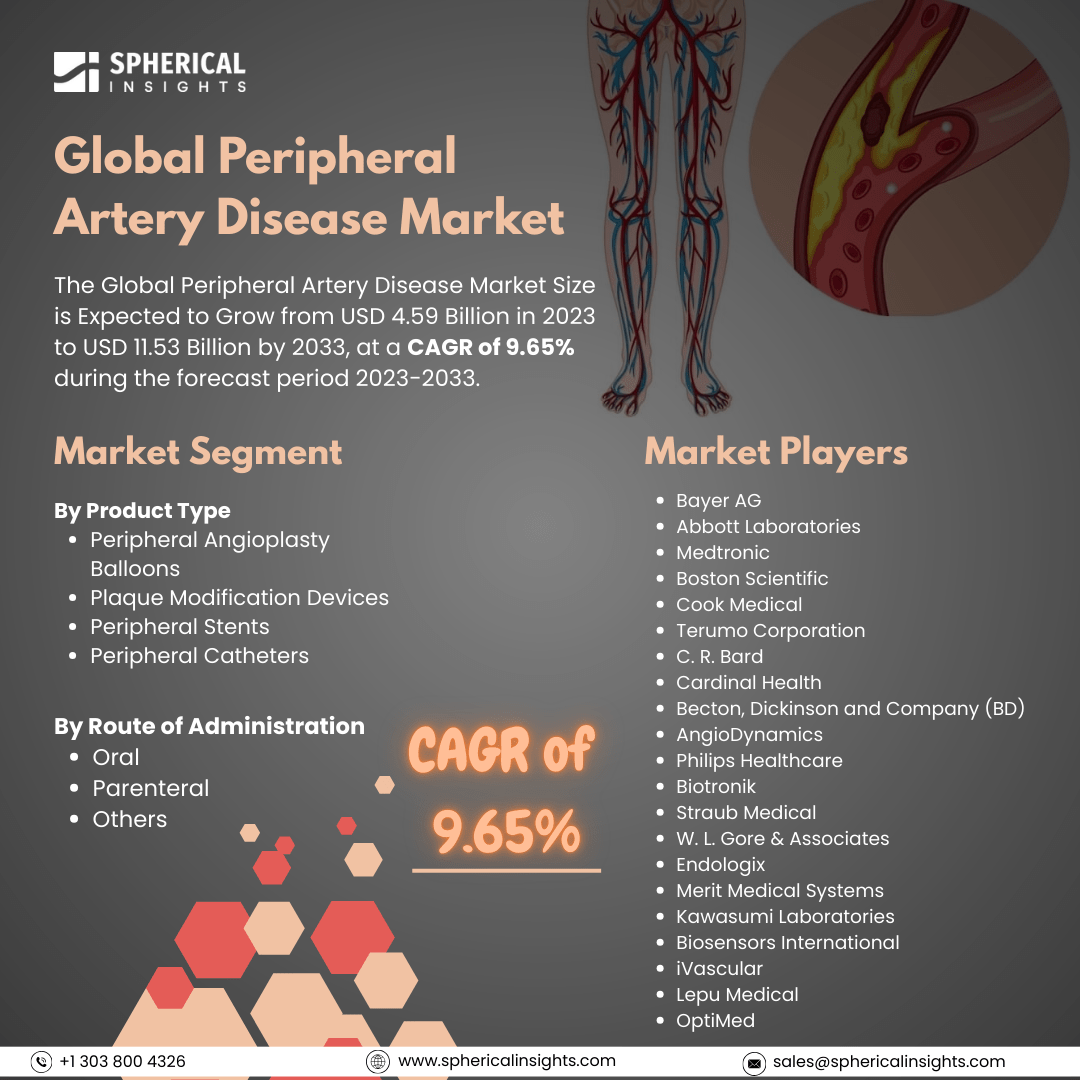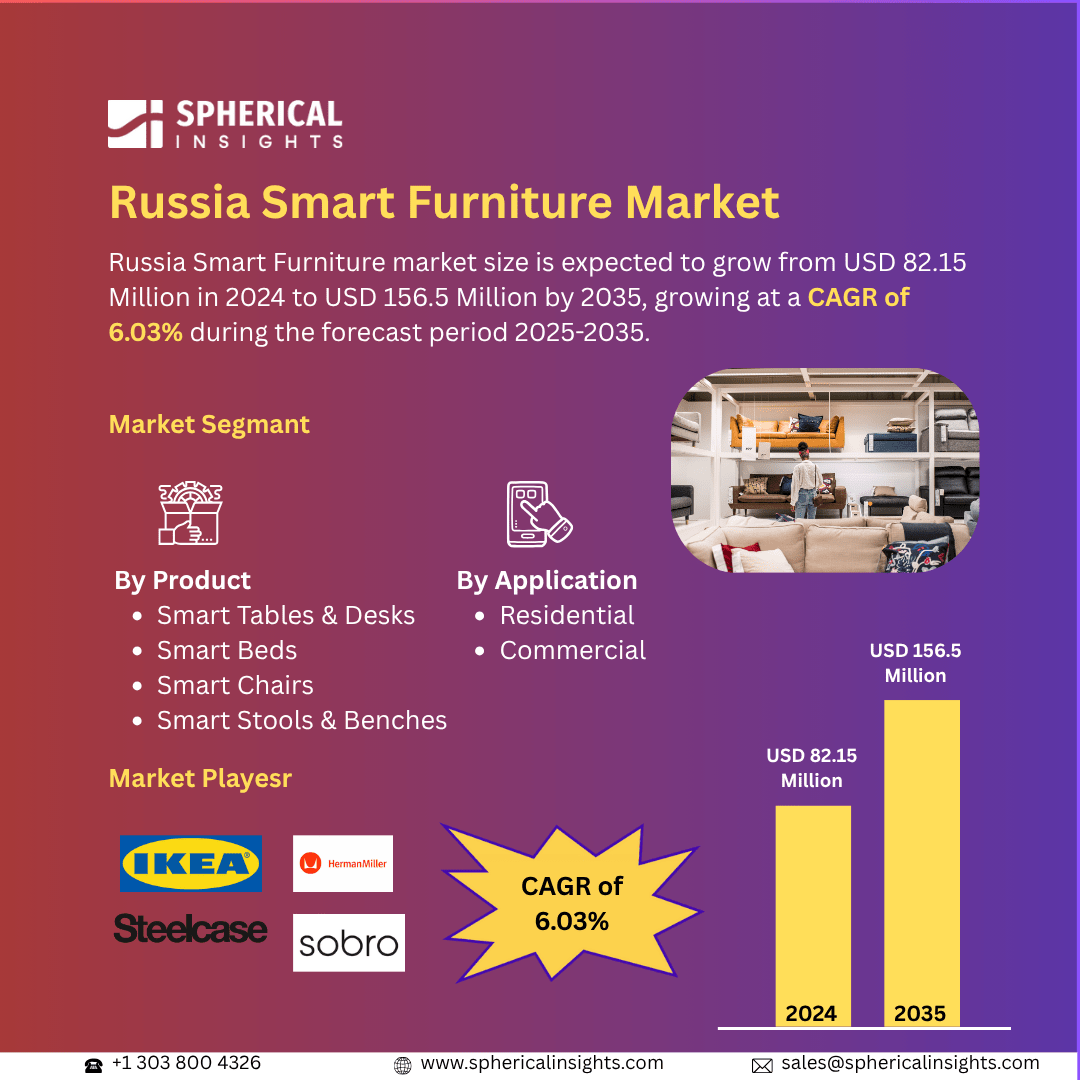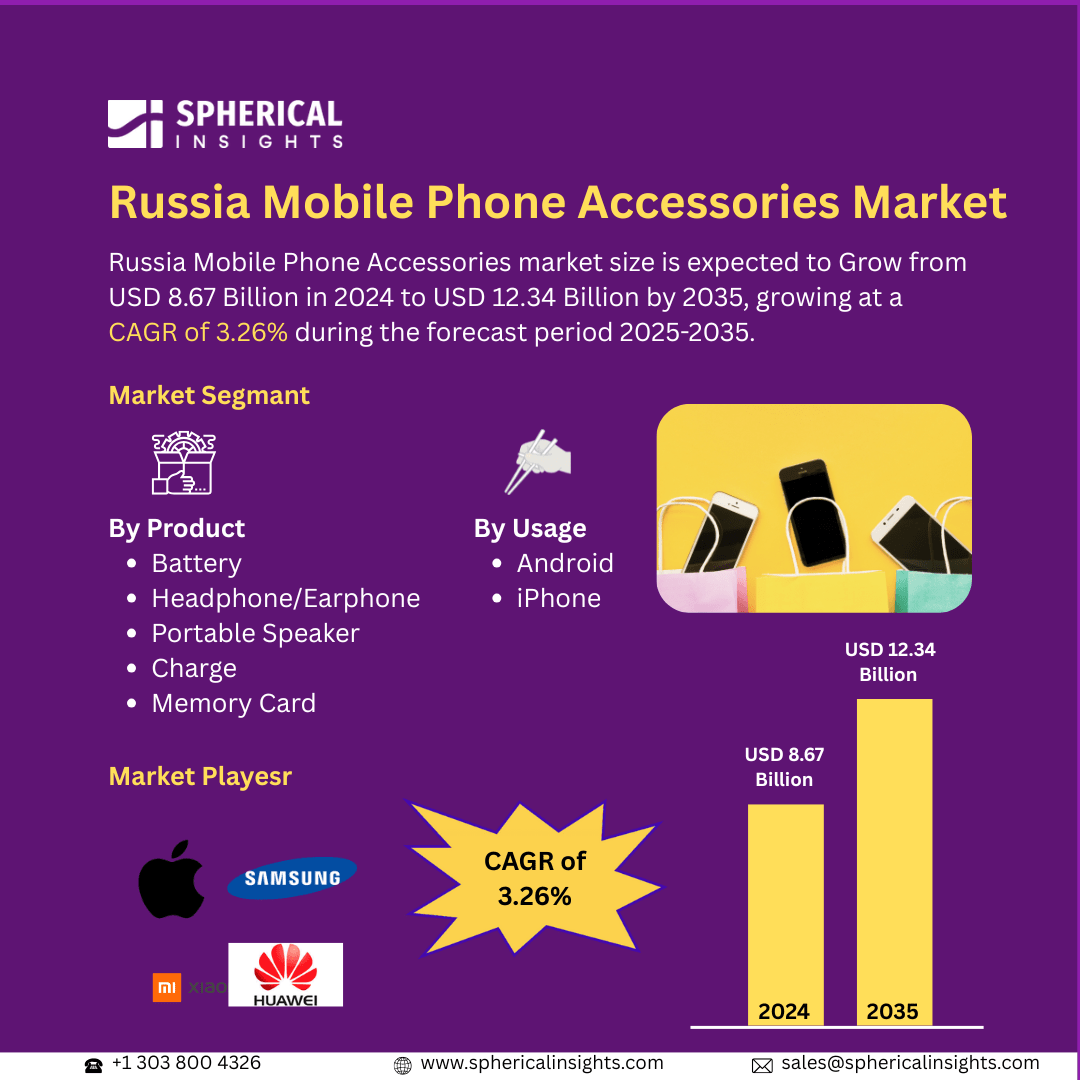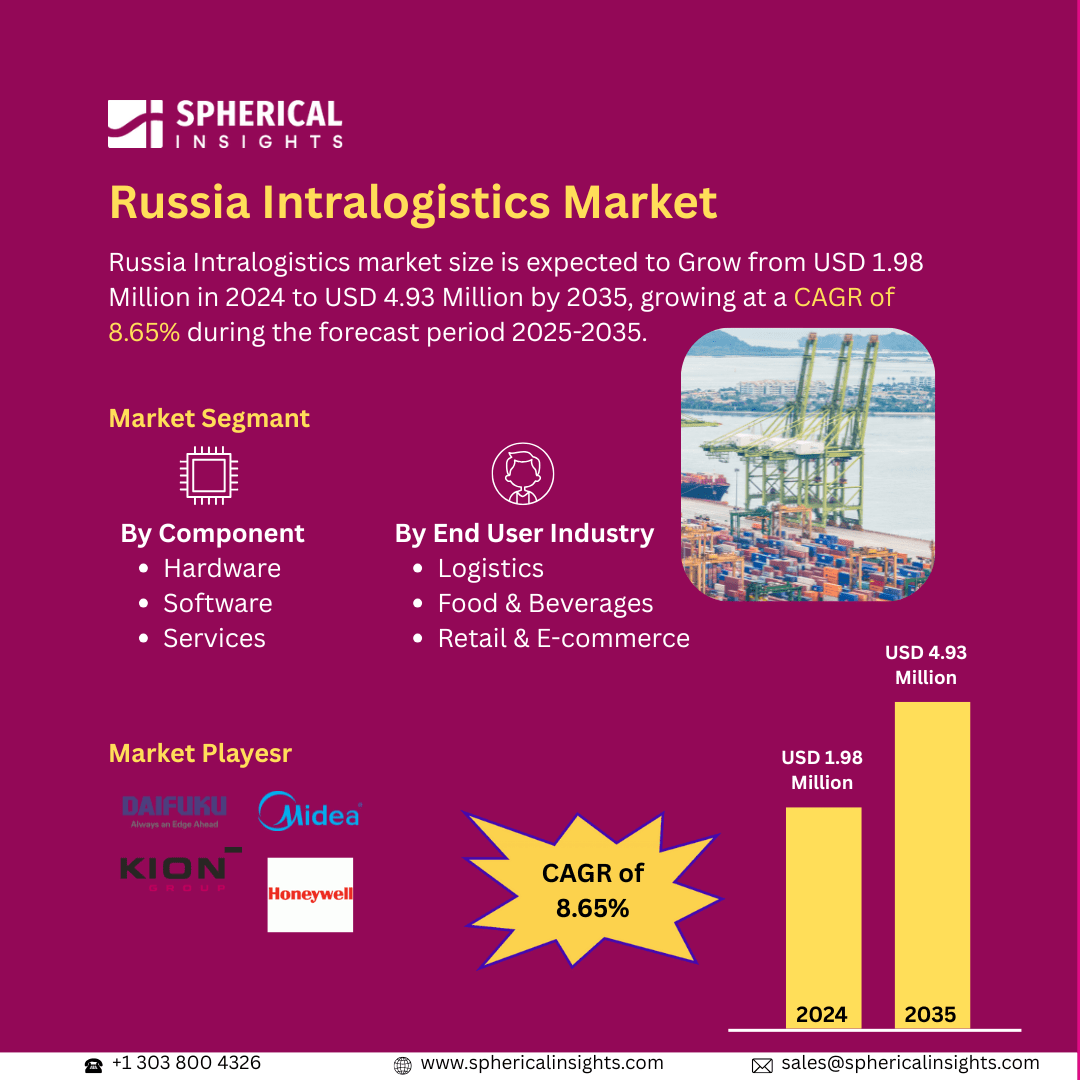Global Peripheral Artery Disease Market Size to Exceed USD 11.53 Billion by 2033
According to a research report published by Spherical Insights & Consulting, The Global Peripheral Artery Disease Market Size is Expected to Grow from USD 4.59 Billion in 2023 to USD 11.53 Billion by 2033, at a CAGR of 9.65% during the forecast period 2023-2033.
Browse 210 market data Tables and 45 Figures spread through 190 Pages and in-depth TOC on the Global Peripheral Artery Disease Market Size, Share, and COVID-19 Impact Analysis, By Product Type (Peripheral Angioplasty Balloons, Plaque Modification Devices, Peripheral Stents, and Peripheral Catheters), By Route of Administration (Oral, Parenteral, and Others), By End-Users (Hospitals & Clinics, Ambulatory Surgical Clinics, and Others), and By Region (North America, Europe, Asia-Pacific, Latin America, Middle East, and Africa), Analysis and Forecast 2023 – 2033.
The peripheral artery disease (PAD) market is the international industry that deals with diagnosing, treating, and managing peripheral artery disease (PAD). This disease involves narrowing or blockage of arteries, mostly in the legs, because of atherosclerosis. It encompasses pharmaceuticals, medical devices, surgery, and diagnostic equipment used to treat PAD. Furthermore, the worldwide peripheral artery disease (PAD) market is propelled by the growing prevalence of diabetes, obesity, and hypertension, an increasing aging population, greater awareness, and improved minimally invasive treatment technologies. Expanding the use of drug-coated balloons, stents, and atherectomy devices, along with investments in healthcare and supportive reimbursement policies, further drive market growth. Growth opportunities are also provided by emerging economies. However, Key restraining factors of the global peripheral artery disease market include high treatment costs, limited awareness, lack of skilled professionals, stringent regulatory approvals, and risks associated with surgical procedures and device complications.
The peripheral angioplasty balloons segment accounted for the largest share in 2023 and is anticipated to grow at a significant CAGR during the forecast period.
On the basis of the product type, the global peripheral artery disease market is divided into peripheral angioplasty balloons, plaque modification devices, peripheral stents, and peripheral catheters. Among these, the peripheral angioplasty balloons segment accounted for the largest share in 2023 and is anticipated to grow at a significant CAGR during the forecast period. The segmental growth is attributed to rising cases of peripheral artery disease, increasing preference for minimally invasive procedures, technological advancements, and growing adoption of drug-coated balloons. Additionally, improved healthcare infrastructure, favorable reimbursement policies, and increasing awareness about early disease management are driving its significant CAGR growth.
The oral segment accounted for the largest share in 2023 and is anticipated to grow at a remarkable CAGR throughout the forecast period.
On the basis of the route of administration, the global peripheral artery disease market is divided into oral, parenteral, and others. Among these, the oral segment accounted for the largest share in 2023 and is anticipated to grow at a remarkable CAGR throughout the forecast period. The segmental growth is attributed to its convenience, patient compliance, and cost-effectiveness compared to injectable or surgical treatments. Advancements in drug formulations, increasing prevalence of peripheral artery disease, expanding healthcare access, and growing preference for non-invasive treatment options are driving its remarkable CAGR growth during the forecast period.
The ambulatory surgical clinics segment accounted for the greatest share in 2023 and is anticipated to grow at a substantial CAGR over the forecast period.
On the basis of the end-users, the global peripheral artery disease market is divided into hospitals & clinics, ambulatory surgical clinics, and others. Among these, the ambulatory surgical clinics segment accounted for the greatest share in 2023 and is anticipated to grow at a substantial CAGR over the forecast period. The segmental growth is attributed to the rising demand for cost-effective, outpatient procedures with shorter recovery times. Advancements in minimally invasive techniques, increasing prevalence of peripheral artery disease, improved reimbursement policies, and patient preference for convenient, high-quality care are driving its substantial CAGR growth over the forecast period.
North America is projected to hold the largest share of the global peripheral artery disease market over the forecast period.
North America is projected to hold the largest share of the global peripheral artery disease market over the forecast period. The regional growth is propagated to a high prevalence of the disease, advanced healthcare infrastructure, strong reimbursement policies, and increasing adoption of minimally invasive procedures. Additionally, ongoing technological advancements, rising awareness, a growing elderly population, and the presence of key market players further drive market growth in the region.
Asia Pacific is expected to grow at the fastest CAGR growth of the global peripheral artery disease market during the forecast period. The regional growth is expansion to increasing cases of peripheral artery disease, improving healthcare infrastructure, and rising awareness about early diagnosis and treatment. Additionally, growing healthcare investments, expanding geriatric population, increasing adoption of minimally invasive procedures, and the presence of emerging market players contribute to the region’s rapid market expansion.
Company Profiling
Major vendors in the global peripheral artery disease market are Bayer AG, Abbott Laboratories, Medtronic, Boston Scientific, Cook Medical, Terumo Corporation, C. R. Bard, Cardinal Health, Becton, Dickinson and Company (BD), AngioDynamics, Philips Healthcare, Biotronik, Straub Medical, W. L. Gore & Associates, Endologix, Merit Medical Systems, Kawasumi Laboratories, Biosensors International, iVascular, Lepu Medical, OptiMed, and others.
Key Target Audience
- Market Players
- Investors
- End-users
- Government Authorities
- Consulting and Research Firm
- Venture capitalists
- Value-Added Resellers (VARs)
Recent Development
- In March 2024, the FDA designated BIOTRONIK's Freesolv below-the-knee resorbable magnesium scaffold (BTK RMS) as a Breakthrough Device Designation for the treatment of chronic limb-threatening ischemia (CLTI), the most severe type of PAD. Since there are currently few effective treatment options for CLTI, this designation attempts to expedite the device's development and approval. The new therapy is anticipated to improve vascular healing and possibly reduce the need for implants over the long term.
Market Segment
This study forecasts revenue at global, regional, and country levels from 2023 to 2033. Spherical Insights has segmented the global peripheral artery disease market based on the below-mentioned segments:
Global Peripheral Artery Disease Market, By Product Type
- Peripheral Angioplasty Balloons
- Plaque Modification Devices
- Peripheral Stents
- Peripheral Catheters
Global Peripheral Artery Disease Market, By Route of Administration
Global Peripheral Artery Disease Market, By End-Users
- Hospitals & Clinics
- Ambulatory Surgical Clinics
- Others
Global Peripheral Artery Disease Market, By Regional
- North America
- Europe
- Germany
- UK
- France
- Italy
- Spain
- Russia
- Rest of Europe
- Asia Pacific
- China
- Japan
- India
- South Korea
- Australia
- Rest of Asia Pacific
- South America
- Brazil
- Argentina
- Rest of South America
- Middle East & Africa
- UAE
- Saudi Arabia
- Qatar
- South Africa
- Rest of the Middle East & Africa



